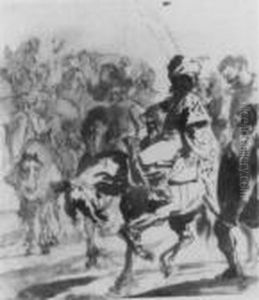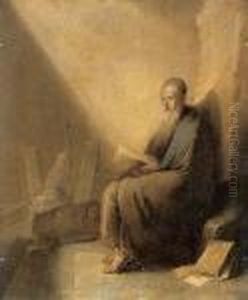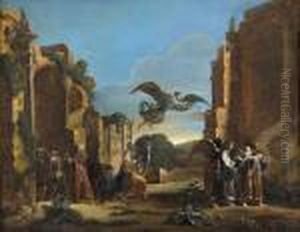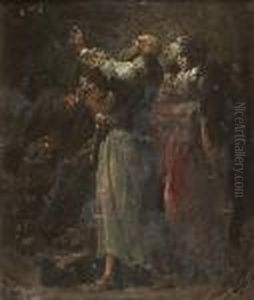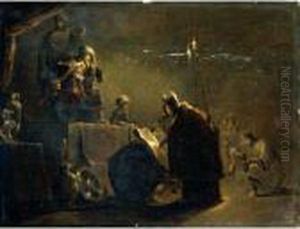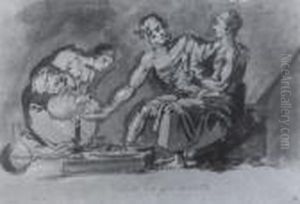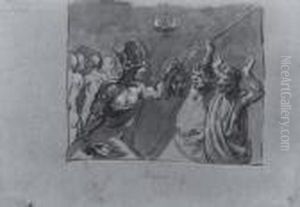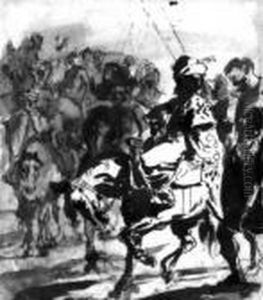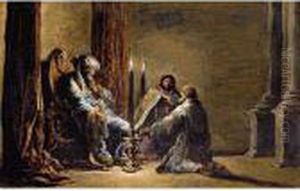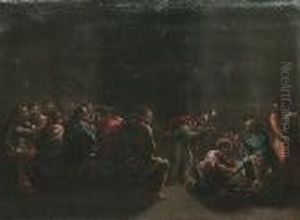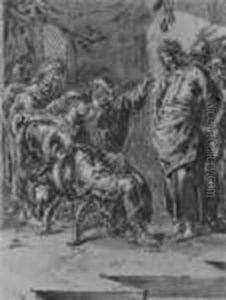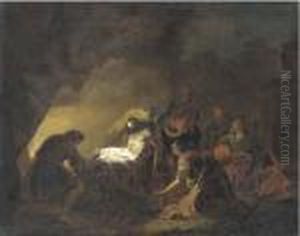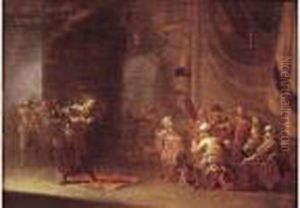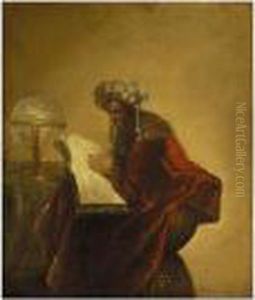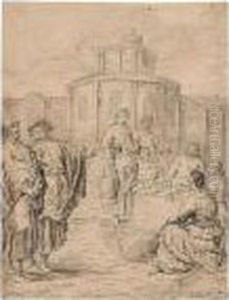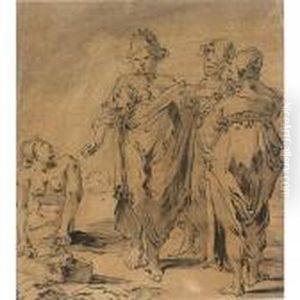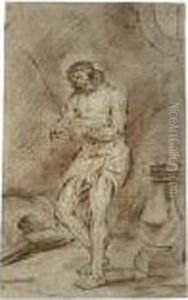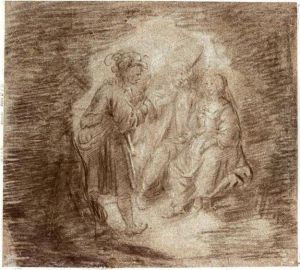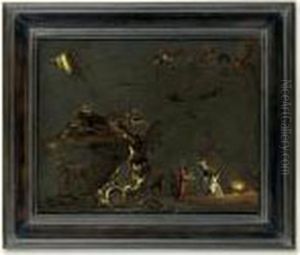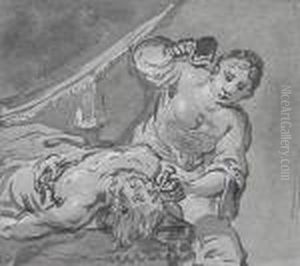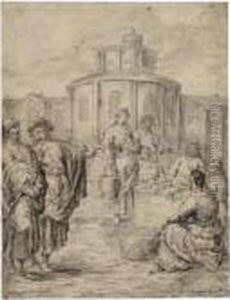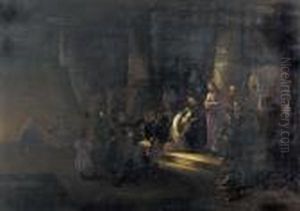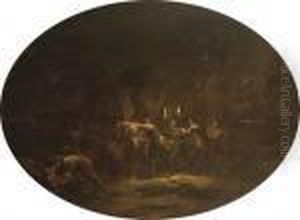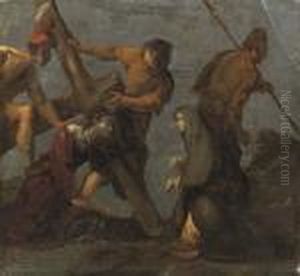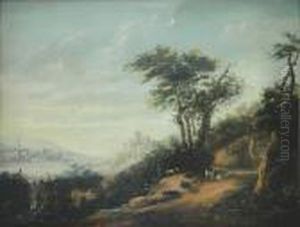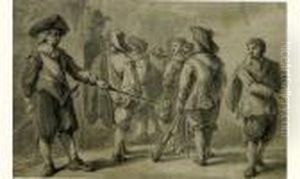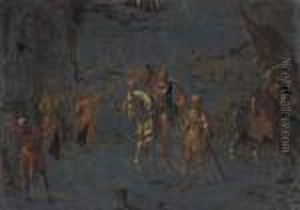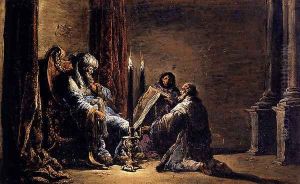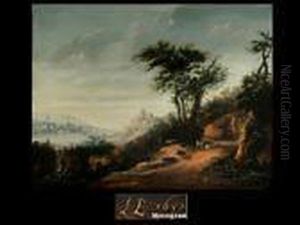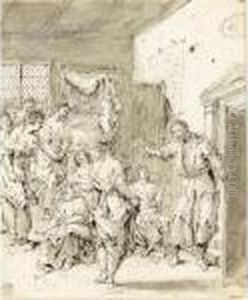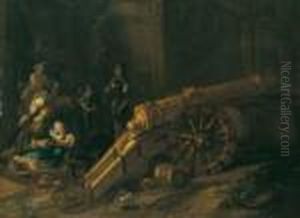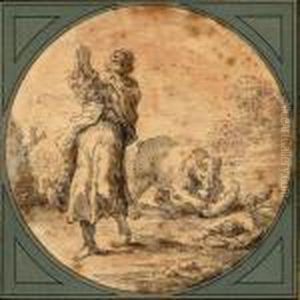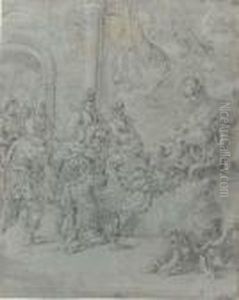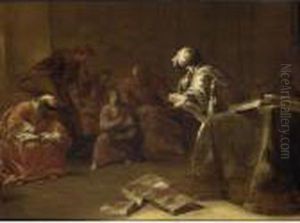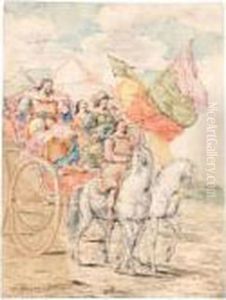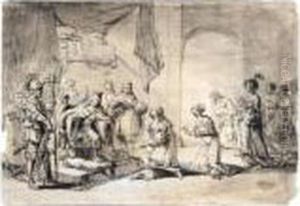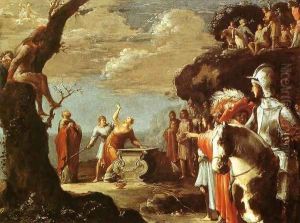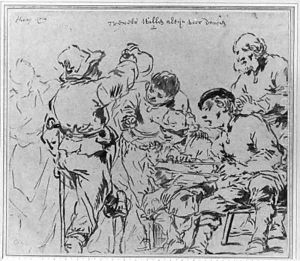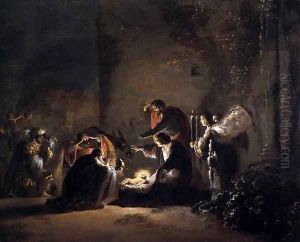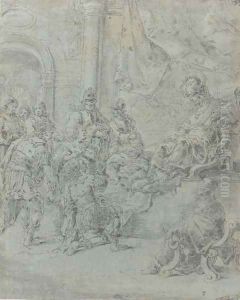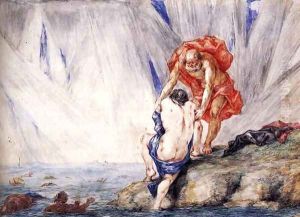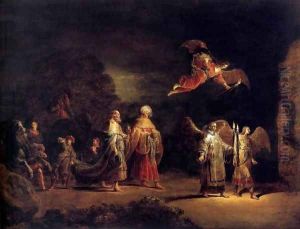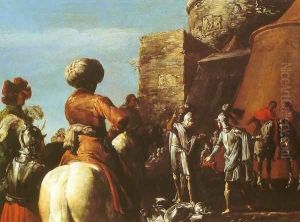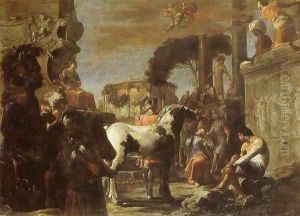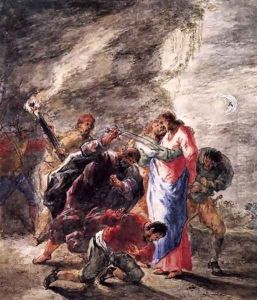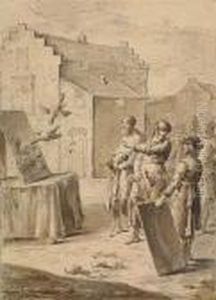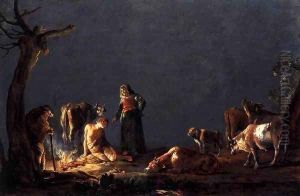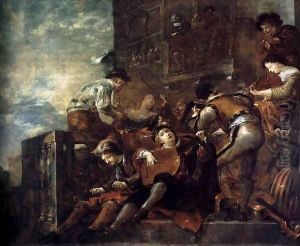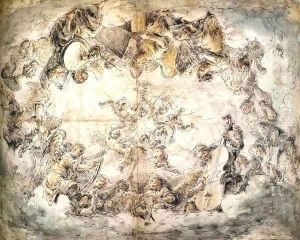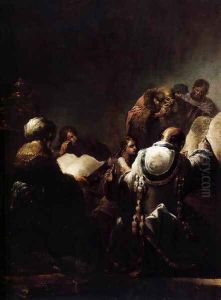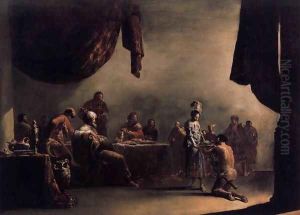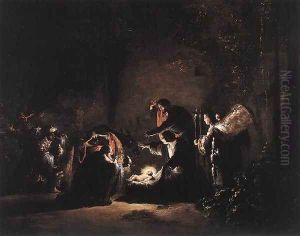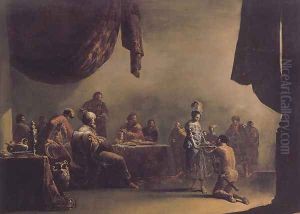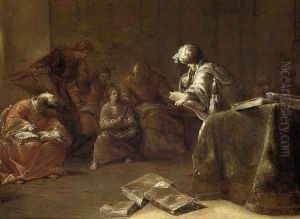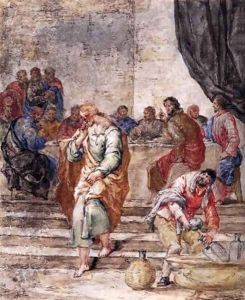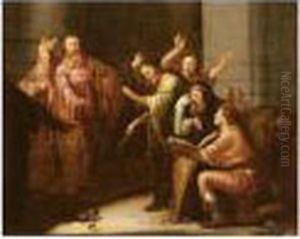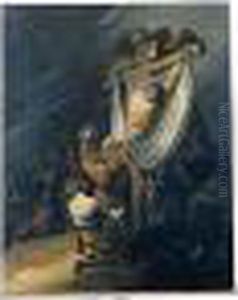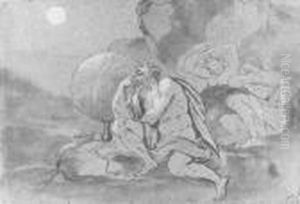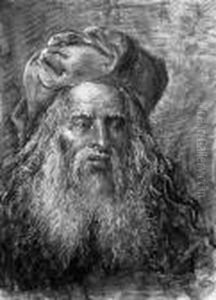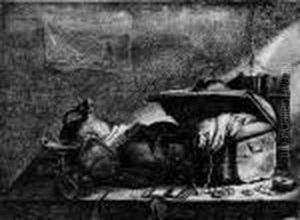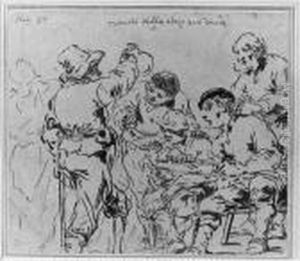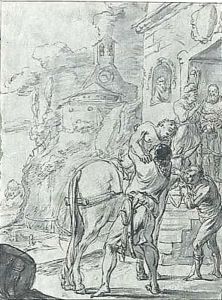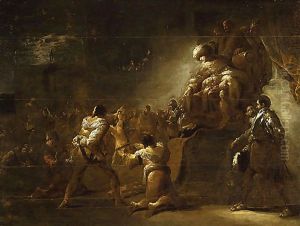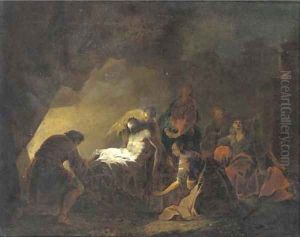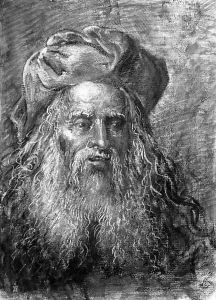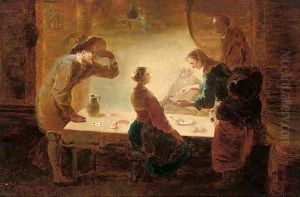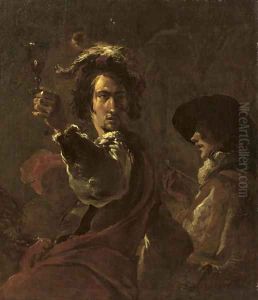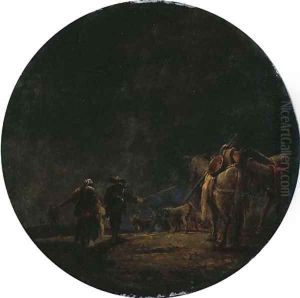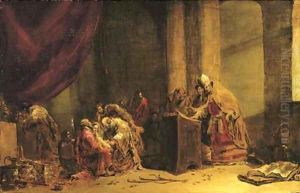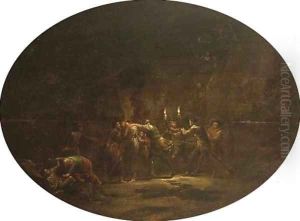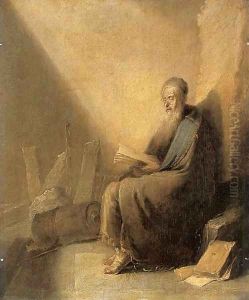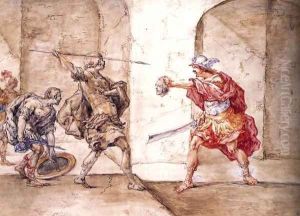Leonaert Bramer Paintings
Leonaert Bramer, also known as Leonard Bramer, was a distinctive and inventive Dutch painter and draughtsman, active primarily in Delft. Born in 1596 in Delft, Netherlands, Bramer's artistic journey took him far beyond his hometown, notably to France, Italy, and possibly North Africa, exposing him to a wide range of artistic influences. During his extensive travels in Italy, which lasted from about 1614 to 1627, he became deeply influenced by the works of Caravaggio and his followers, which significantly shaped his stylistic development. Bramer is particularly noted for his night scenes and was one of the few Dutch artists of the time to specialize in such depictions, setting him apart from his contemporaries.
Upon his return to Delft, Bramer's career diverged from the now dominant trends of Dutch painting, characterized by the rise of genre scenes and landscapes. Instead, he continued to focus on religious, mythological, and historical subjects, often infused with a dramatic use of light and shadow reminiscent of his Caravaggesque experiences. His work during this period includes a series of small-scale, highly detailed, and meticulously executed scenes on copper and panel, as well as larger commissioned works and decorative frescoes for local buildings, demonstrating his versatility and adaptability as an artist.
Despite his distinctive style and contributions, Bramer's work was somewhat overshadowed by the emergence of more prominent Dutch Golden Age painters, such as Johannes Vermeer, with whom he was acquainted, and Jan Steen. Nonetheless, he played a significant role in the artistic community of Delft, including involvement in the establishment of the city's painters' guild.
Bramer's legacy also includes a significant number of drawings, which reveal his keen interest in exotic subjects and scenes of everyday life, showcasing his broad range of interests and the depth of his observation. These works provide valuable insights into the cultural and social milieu of 17th-century Europe.
Leonaert Bramer passed away in 1674 in Delft, leaving behind a body of work that, while not as widely recognized as some of his contemporaries, offers a unique window into the diversity and complexity of Dutch art during the Golden Age. His contributions, particularly in the realm of night scenes and the dramatic interplay of light and shadow, continue to be appreciated for their innovation and artistic merit.
